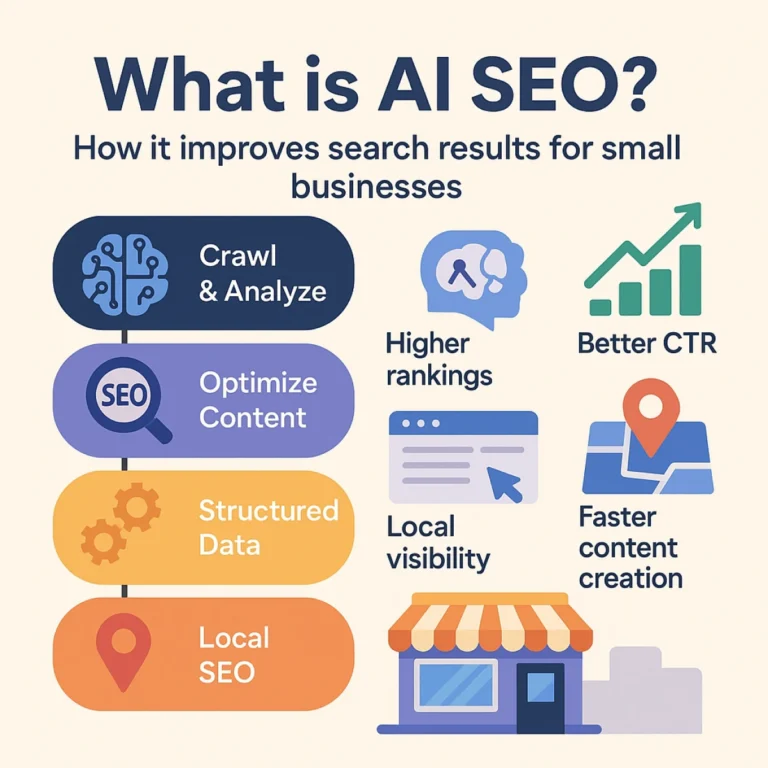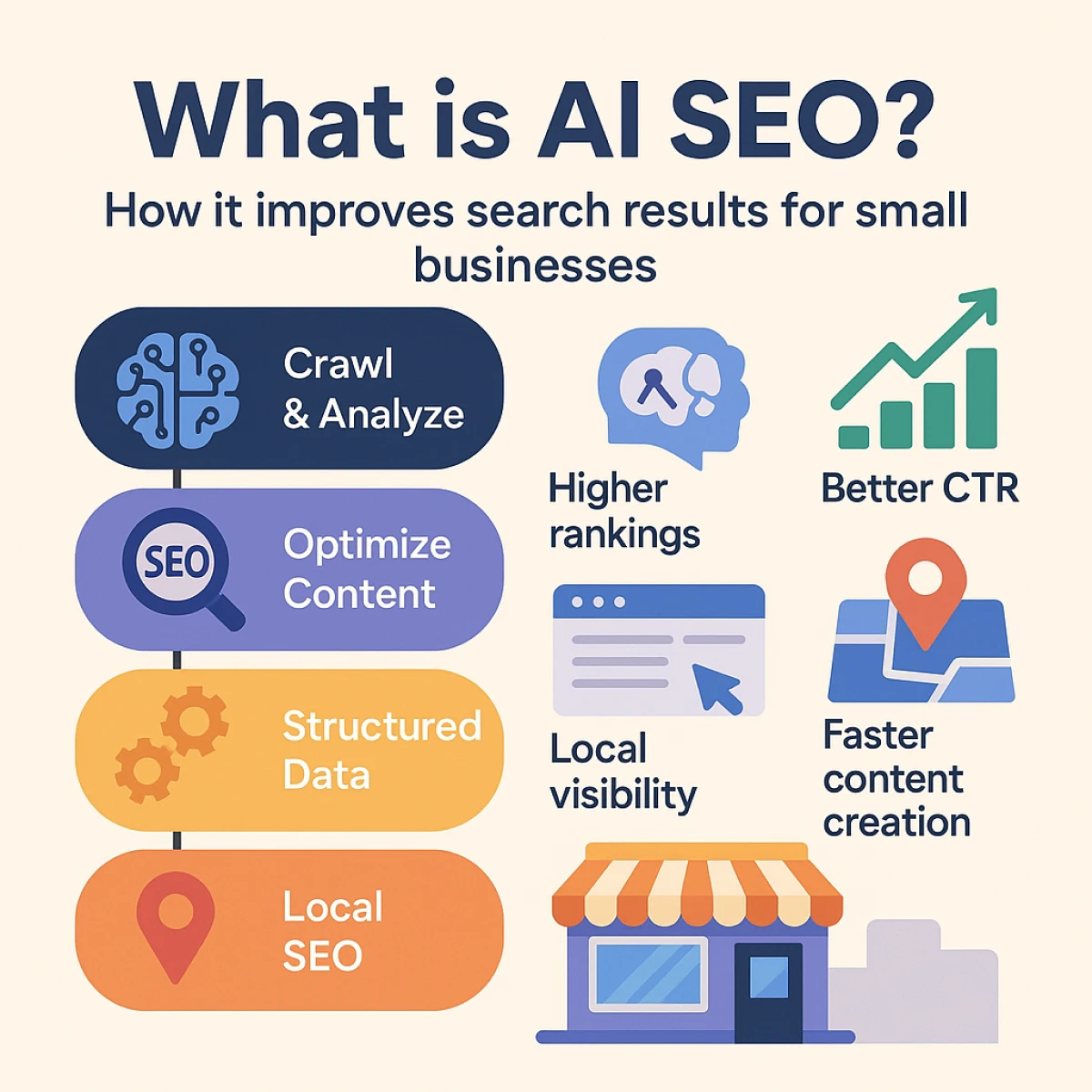AI has transformed from a specialized technical concept into a technology that shapes our daily lives. Originally coined in 1956, AI’s growth has been dramatic, with U.S. investments reaching $50 billion annually by 2022. The technology has evolved from simple reactive machines to systems with limited memory capabilities that have changed how computers and humans interact.
Many people still question AI’s practical meaning despite its adoption. This piece will get into AI’s core concepts, from simple definitions to various types of artificial intelligence. We’ll definitely explore how AI helps machines simulate human learning, comprehension, and problem-solving abilities. The technology’s real-life applications span healthcare, finance, and customer service sectors. Recent breakthroughs like generative AI can create original text, images, and videos.
Artificial intelligence lets computers mimic human cognitive functions at its foundation. Traditional programming makes machines follow specific instructions, but AI systems can reason, learn and solve problems on their own. NASA defines AI as “any artificial system that performs tasks under varying and unpredictable circumstances without significant human oversight, or that can learn from experience and improve performance when exposed to data sets.”
Defining artificial intelligence in simple terms
Computer systems designed for human-like intelligence tasks form the basis of AI. These systems can solve problems, perceive information, understand concepts and make decisions. AI technology processes massive data sets to spot patterns, predict outcomes and get better over time. A chess program that learns from past games or virtual assistants that understand your questions show AI working in real life.
Smart algorithms power every AI system and help machines learn independently without specific programming for each case. Just like humans improve through practice, these systems develop their capabilities by analyzing data.
How AI compares to human intelligence
The fundamental structure sets human and artificial intelligence apart. Our brains use neural”wetware” while AI operates on digital hardware and software.
1. Processing speed
AI signals travel at nearly the speed of light, whereas human neural signals move at just 120 m/s maximum.
2. Memory capacity
AI systems can store and access virtually unlimited information without forgetting.
3. Communication
AI systems can connect directly with each other, while humans must communicate through limited-bandwidth language and gestures.
Humans excel at emotional intelligence, creativity, and intuitive understanding. AI performs well in specific tasks and pattern recognition but lacks true consciousness and emotional experience. Human thinking remains superior in adaptability, understanding context, and applying abstract concepts in various situations.
The difference between AI, machine learning, and deep learning
These concepts fit together like nested circles. AI forms the outer ring, containing machine learning, which holds deep learning inside
Artificial intelligence represents machines doing tasks that usually need human intelligence.
Machine learning helps computers learn from data without explicit programming.
Systems can spot patterns and decide based on training examples instead of following preset rules.
Deep learning works as a specialized type of machine learning.
It uses neural networks with multiple (“deep”) layers to handle information similar to the human brain.
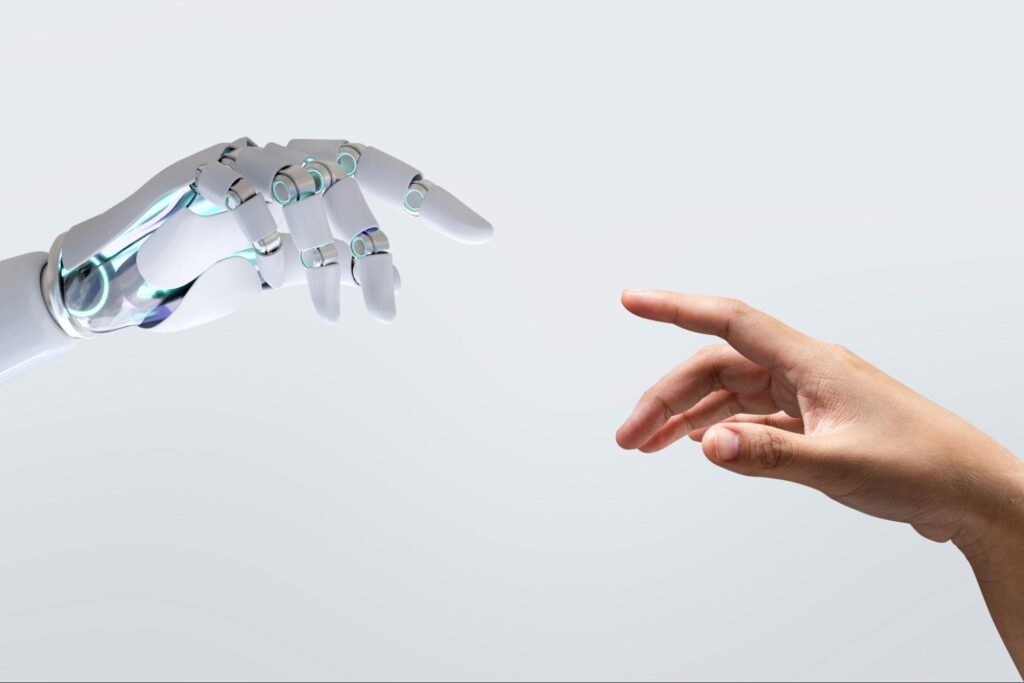
How Artificial Intelligence Works
The role of data and algorithms
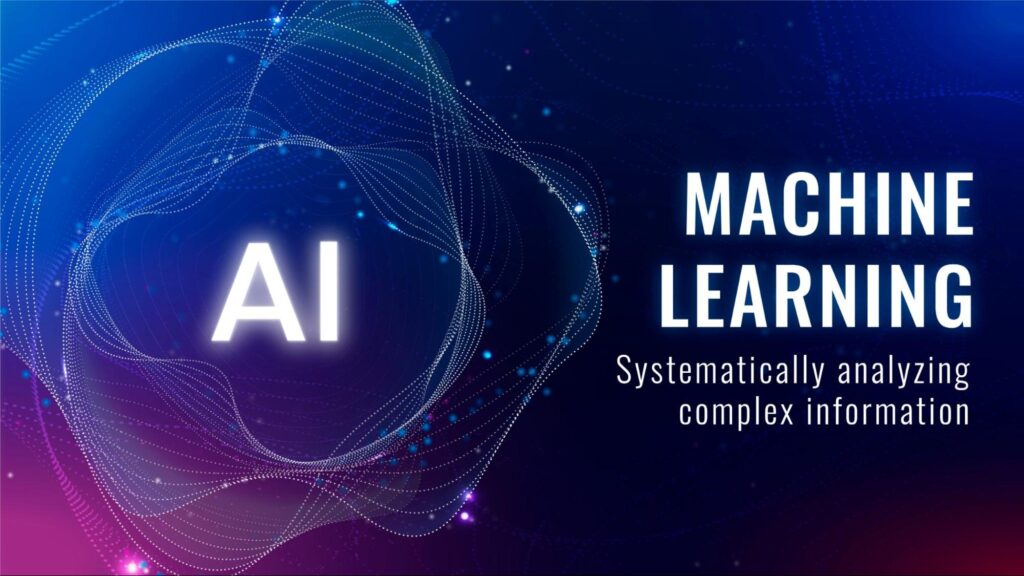
-
Supervised learning
Uses labeled datasets with known target outcomes to help models understand input-output relationships.
-
Unsupervised learning
Analyzes unlabeled data to find hidden patterns without preset categories.
-
Reinforcement learning
Teaches algorithms through rewards and punishments, so they learn optimal behaviors through trial and error.
-
Semi-supervised learning
Blends small labeled datasets with larger unlabeled ones to learn more efficiently.
Types of Artificial Intelligence
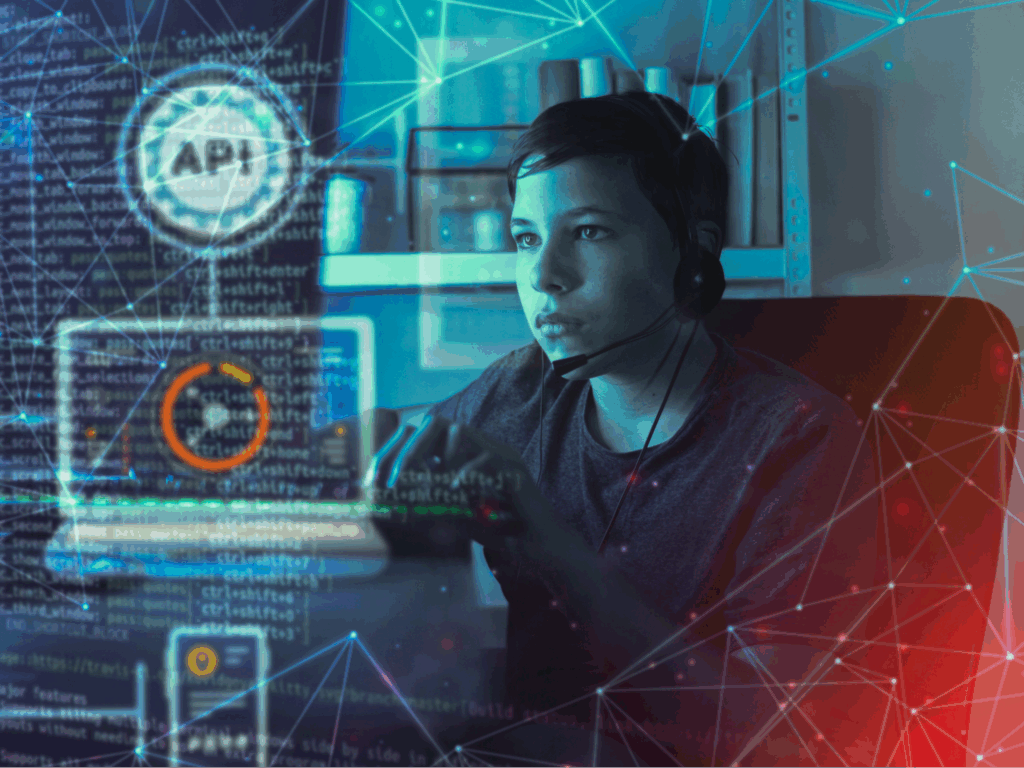
Narrow AI (Weak AI)
Artificial General Intelligence (AGI)
Artificial Super Intelligence (ASI)
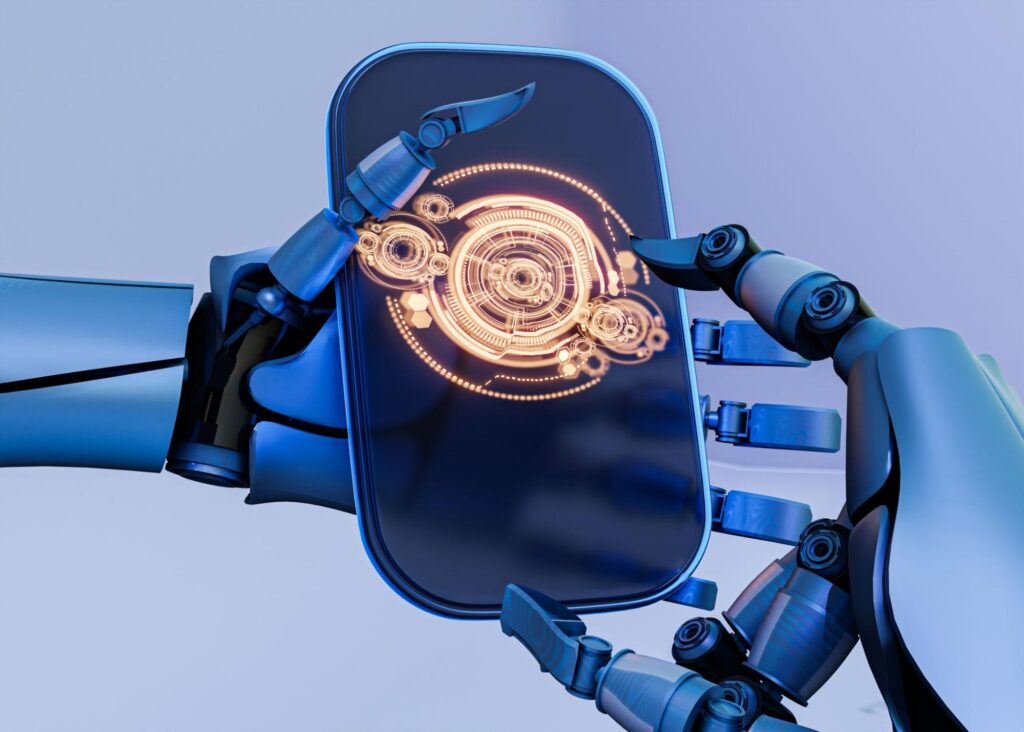
Reactive machines vs limited memory systems
Theory of mind and self-aware AI

AI in healthcare and medicine
AI in finance and fraud detection
AI in customer service and chatbots
AI in transportation and self-driving cars
AI in content creation and generative tools
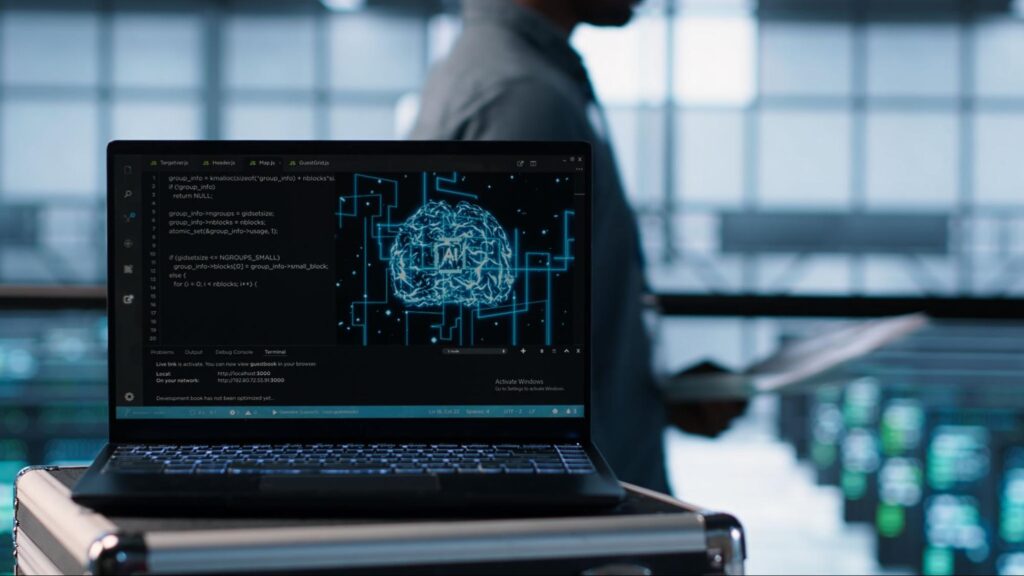
So What is Artificial Intelligence?
AI has evolved from a theoretical concept into a practical technology that reshapes the scene of our daily lives. This piece explores how AI helps machines copy human thinking while processing amounts of data at speeds we’ve never seen before. All the same, today’s AI stays in the “narrow” category. It excels at specific tasks but lacks true consciousness or emotional understanding.
The strongest evidence shows that machines perform better than humans at computational tasks. Yet they can’t match natural understanding and flexibility in a variety of situations. The difference between AI, machine learning, and deep learning shows a ladder of smarter approaches. Each builds on what came before.
Ground applications show how AI affects many sectors. Doctors spot diseases earlier and create custom treatments. Banks stop fraud more efficiently. Support teams use virtual assistants that answer user questions right away. Self-driving cars promise safer roads by removing human mistakes.
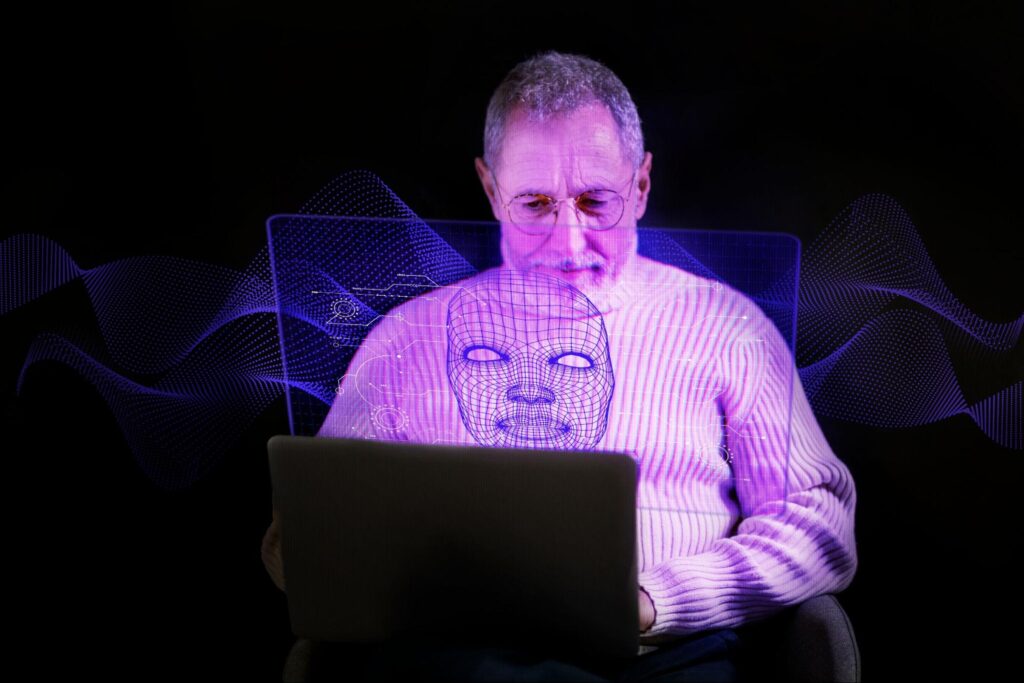
Tomorrow’s possibilities bring both excitement and challenges. General artificial intelligence exists only in theory but could change how humans and machines interact. Super intelligence might fix our biggest problems or create new ones we haven’t imagined.
The key lies in grasping this technology’s strengths and limits. AI tools deliver the best results when combined with human wisdom, creativity, and ethical guidance. We find ourselves at an interesting turning point. Machines enhance our human qualities instead of taking their place. The focus moves from defining AI to finding ways this technology can create a better world.
Facts About Artificial Intelligence
What exactly is artificial intelligence in layman’s terms?
Artificial intelligence refers to computer systems designed to perform tasks that typically require human intelligence. These systems can reason, learn, and solve problems independently by processing vast amounts of data to recognize patterns and make decisions.
How does AI compare to human intelligence?
While AI excels at processing information quickly and handling large datasets, it lacks the emotional intelligence, creativity, and intuitive understanding that humans possess. AI operates on digital hardware, whereas human intelligence relies on biological neural networks.
What are some real-world applications of AI?
AI is widely used in healthcare for early disease detection, in finance for fraud prevention, in customer service through chatbots, in transportation with self-driving cars, and in content creation with generative tools for producing text, images, and videos.
Is artificial intelligence capable of taking over the world?
Current AI systems are narrow in scope and lack the general intelligence, self-awareness, and complex reasoning abilities required to take over the world. They are designed and controlled by humans, with ethical guidelines and safety measures in place to ensure responsible use.
What’s the difference between AI, machine learning, and deep learning?
AI is the broadest concept, encompassing machines that perform tasks requiring human-like intelligence. Machine learning is a subset of AI that allows systems to learn from data without explicit programming. Deep learning is a specialized form of machine learning that uses neural networks with multiple layers to process information.



